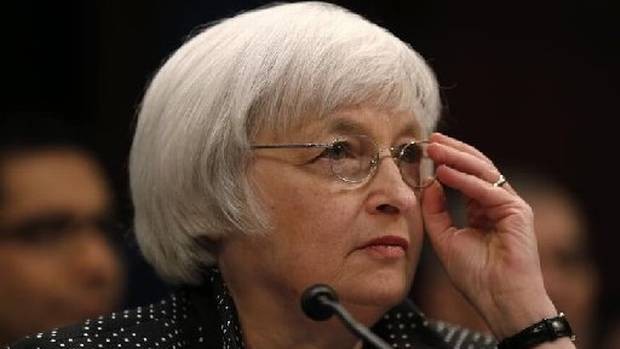The gold bubble myth The Globe and Mail
Post on: 28 Июль, 2016 No Comment

Fabrice Taylor is a chartered financial analyst.
It’s easy to say gold is a bubble. It’s up more than 26 cent in the past six months, so it has to be right?
Let’s start with the obvious: Gold is up, true, but put it in a longer perspective and you’ll find that gold is actually lagging other assets, and consumer prices. Since the start of the great bull market in 1980, gold is only up about 60 per cent. Inflation, officially anyway, is up roughly 175 per cent and stocks are up almost 900 per cent. U.S. money supply is up nearly 500 per cent. The price of something in a bubble tends to zoom ahead of everything. Gold has in the very short term but it’s only catching up to other assets.
More on gold:
- All about gold
- Investor’s guide to gold
- ‘Go for the gold’ may mean going for a loss
- John Ing’s three gold picks
- This time, the gold bugs might be right
Bullion ETFs are the most important thing to happen to gold prices in decades, and have stoked demand and prices. But although they’ve grown quickly, they’re still small relative to the trillions of dollars of gold in the world. They have lots of room to grow.
And if gold is in a bubble, why are so many interesting junior gold shares trading below book value? Building a mine is a tough way to make a buck to be sure, but in a bubble, no one thinks about that. They think about getting rich fast and pay crazy prices for whatever mania might make that happen.
Institutional interest, meantime, doesn’t appear particularly high. Gold doesn’t feel like real estate or tech stocks, two bubbles I’ve live through.
The fundamental supply-and-demand equation argues for higher gold prices. Production hit its high in 2001. It’s been down ever since. Even with flat demand prices should justifiably be higher.
If peak oil makes sense, why not peak gold? Yes, there are of course, differences. Once extracted, oil is burned and can’t be used again, while mined gold never disappears. Recycling is not a factor in oil whereas it is a big one in gold. Nonetheless, the basic supply-demand theory stands.
Perhaps the most important factor is that central banks are buyers. India bought 200 tonnes from the IMF recently. Yet gold is still less than 10 per cent of its reserves. For China, which is sitting on a mountain of U.S. dollars, the figure is less than 2 per cent.
Maybe most telling, governments, the U.S. particularly, doesn’t seem to mind if gold rises any more. These are quotes from a letter written to then President Gerald Ford by the Federal Reserve chairman Arthur Burns in 1975, declassified a couple of years ago: The broad question at issue is whether central banks and governments should be free to buy gold, from one another or from the free market, at market-related prices. The Federal Reserve is opposed.
The letter also alludes to the IMF, saying that the role of gold in the international monetary system would be gradually reduced.
And finally, I have a secret understanding in writing with the Bundesbank, that Germany will not buy gold, either from the market or from another government, at a price above the official price of $42.22 an ounce.
To say that governments didn’t at least try to manipulate gold prices is clearly naive. To say they didn’t succeed is probably naive too.
Today, they may not care any more, and at any rate they’re losing the battle.
As mentioned earlier, there’s hot money in gold, but it’s not universally owned. It takes a long time to overcome three decades of contempt. The last word goes to John Hathaway, portfolio manager at Tocqueville Asset Management: While it is no longer enough to observe that the metal is of interest based on universal apathy, it is safe to say that it has a long way to go before it becomes mainstream.
******
Gold’s lagging indicators
Despite its latest rally, gold still lags behind the gains other assets and indicators have experienced since 1980.
Total U.S. credit market debt*. $4.40. $52.50. 1,097%














